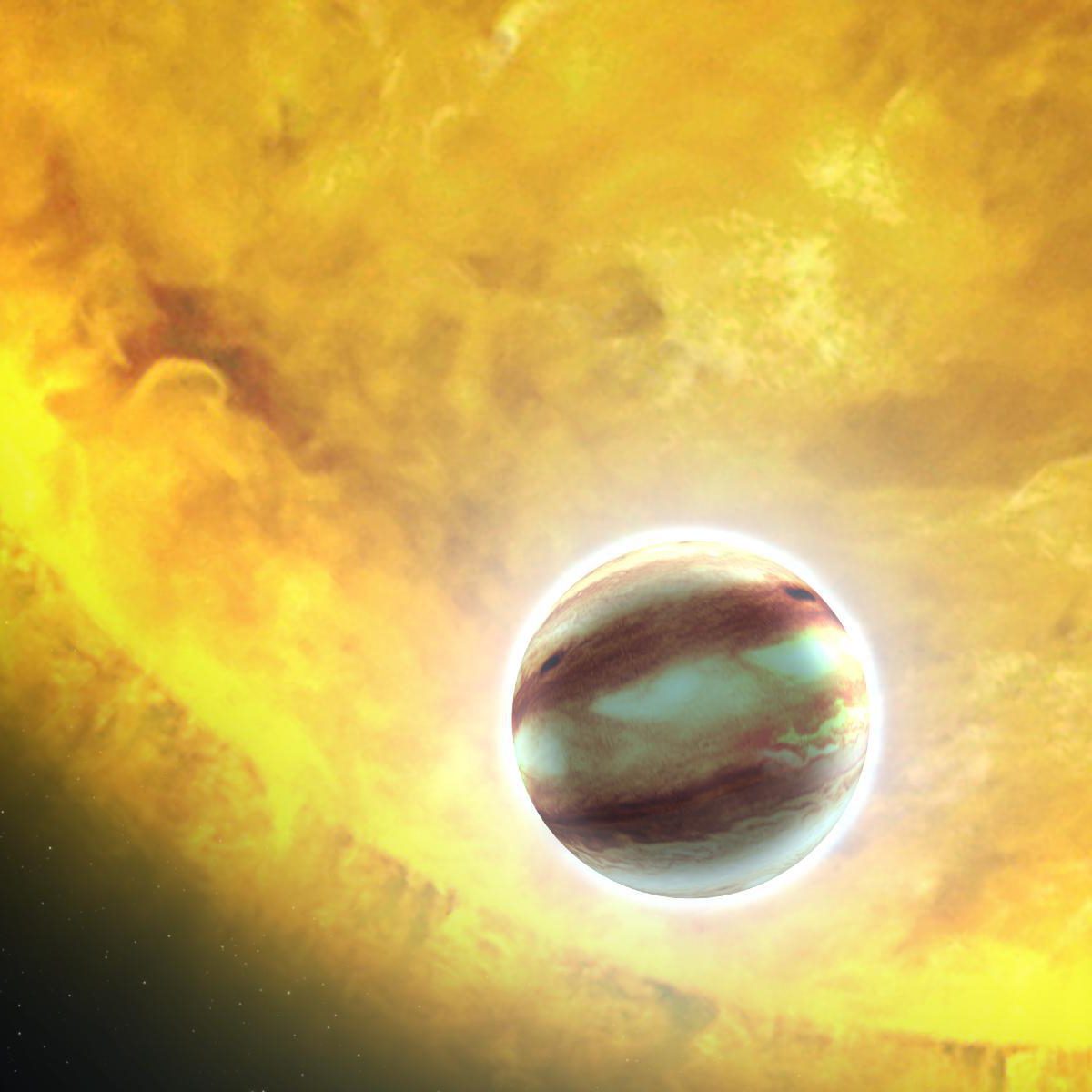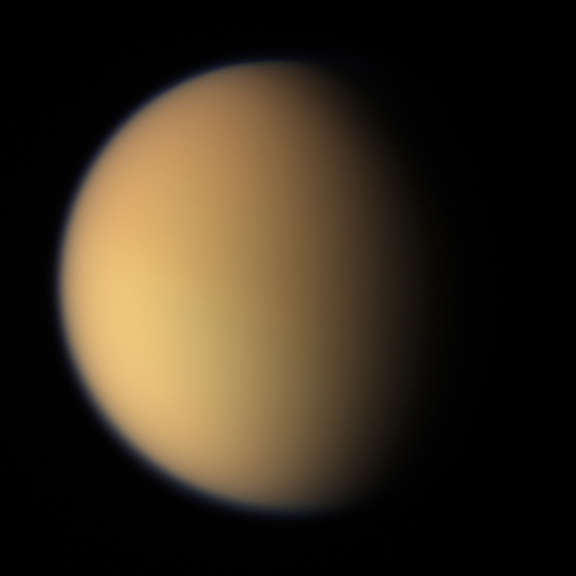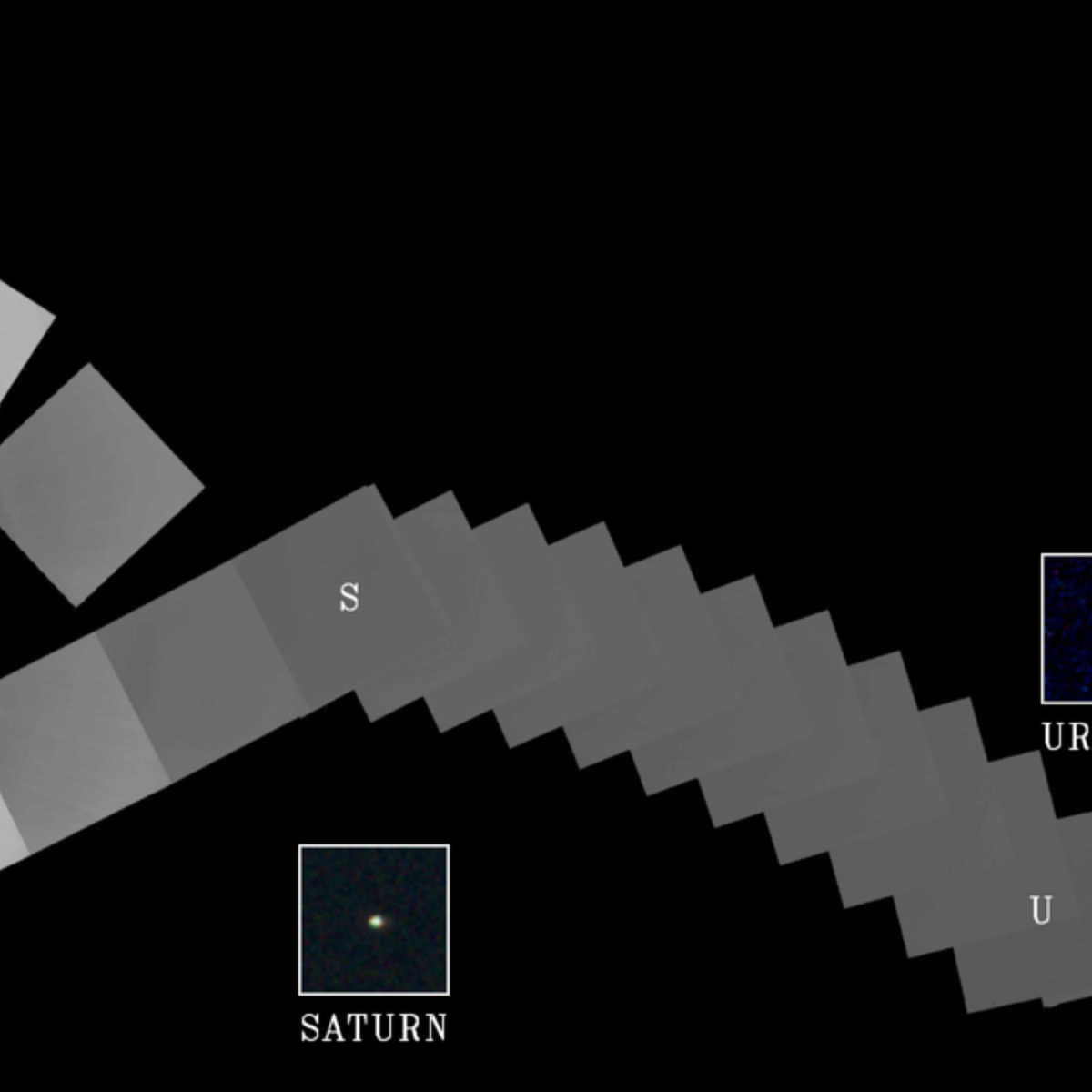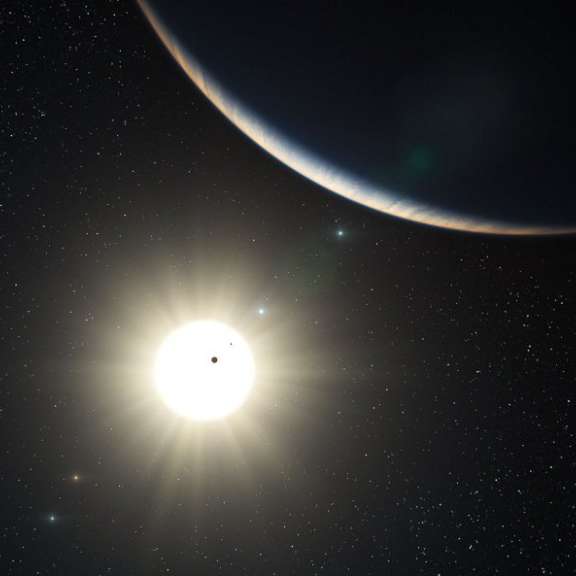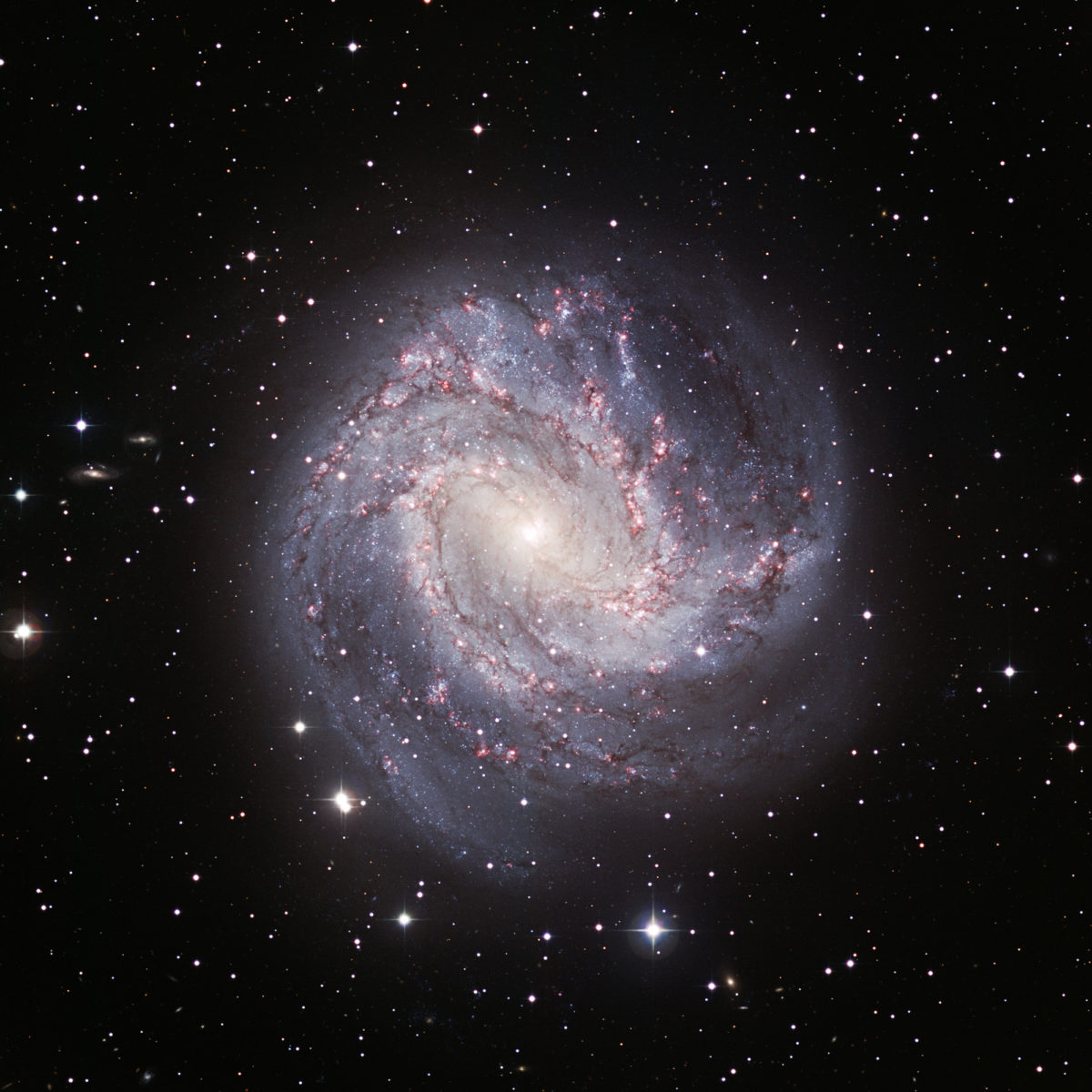All
All
Stories, updates, insights, and original analysis from The Planetary Society.
A little fun with Deep Impact deep-sky data
Last week, the team put all of the data from Deep Impact's deep-sky imaging session online, and challenged visitors to see what they could make from it. I made some photos of M51, but there were some challenges.
Hubble's Millionth Observation
The Hubble Space Telescope has recorded its millionth observation. The planet is designated HAT-P-7b.
Observing at the WIYN
On May 5 and 6, I had a run on the WIYN (Wisconsin-Indiana-Yale-NOAO) telescope, a 3.5 m telescope, the second largest telescope on Kitt Peak in Arizona.
Searching for one planet, finding another
Some parallels exist between Odysseus' journey and the discoveries of exoplanets. What initially started out as a well-planned trip from Troy back to Ithaca, turned into a series of rather unfortunate events, with episodes of fighting Cyclops and having your crew turned into swine.
SETI@home Following Up on Kepler Discoveries
Remember SETI@home? The ground-breaking computing project is now taking a look at candidate Earth-like planets that have been detected by NASA's Kepler space telescope.
Citizen Science projects for Planetary Science: Get Involved! Do Science!
Citizen Science projects let volunteers easily contribute to active science programs. They're useful when there is so much data it overwhelms computing algorithms (if they exist) or the scientific research team attempting to process it.
The scale of our solar system
Space.com has taken advantage of the infinitely scrollable nature of Web pages to produce a really cool infographic on the scales of orbital distances in the solar system.
Are there more Titans than Earths in the Milky Way?
Might there be many Titan-like planets and moons, with atmospheres and liquid methane rain, rivers, and lakes, across the galaxy? It's an important question if you think that liquid methane environments could support alien life, because it turns out that Titan-like planets might be more common than Earth-like planets.
FINDS: One Step Closer to Faraway Earths
Amir Alexander explains more about the FINDS Exo-Earths project and how it will help planet hunters detect distant Earths in the depths of space.
The Solar System from the Inside Out - and the Outside In
Space probes grant us perspective, the ability to see our place within the vastness of the solar system. But opportunities to see all of the solar system's planets in one observation are rare. In fact, there's only been one opportunity on one mission to see the whole solar system at once, until now.
More on Kepler exoplanet discoveries
Here's some links to some good followup stories on Wednesday's Kepler press briefing.
Kepler announcement today: More than a thousand exoplanets including one 6-planet system
I wasn't able to watch the Kepler press briefing today so I will give you links to some of my favorite blogs for information on today's announcement, which follows a major data release last night as well as the publication of a paper in Nature.
Grab bag: "Rocky" exoplanet, molten lunar core, Rhea close encounter
The Kepler exoplanet hunting mission has made news today with a report of
Help to hunt for planets!
The Planet Hunters website, like Zooniverse's other projects, is very, very easy to get up and running.
WISE's first brown (green?) dwarf
Look at the center of this star-studded image and you'll find an emerald green dot.
Rover news; Earth-size exoplanets; Future of Russian space
Just a linky post here.
Join Our Galactic Quest for Exoplanets
With the astronomical community is buzzing with news of an exoplanet found in a star's habitable zone, The Planetary Society will co-sponsor a special event that will be streamed live on Monday, October 4.
From the Ground and from Space, New Planetary Systems Unveiled
Two nearly simultaneous announcements by scientists that they have detected entire planetary system deep in space have set the astronomical community abuzz.
New Horizons images Jupiter again
Three years after New Horizons flew past Jupiter on its way to Pluto, the spacecraft has imaged the giant planet again.
Pretty picture: Messier 83
What does a barred spiral galaxy look like? THIS is what a barred spiral galaxy looks like.


 Explore Worlds
Explore Worlds Find Life
Find Life Defend Earth
Defend Earth


 Sun
Sun Mercury
Mercury Venus
Venus Earth
Earth Mars
Mars Jupiter
Jupiter Saturn
Saturn Uranus
Uranus Neptune
Neptune Small Bodies
Small Bodies
